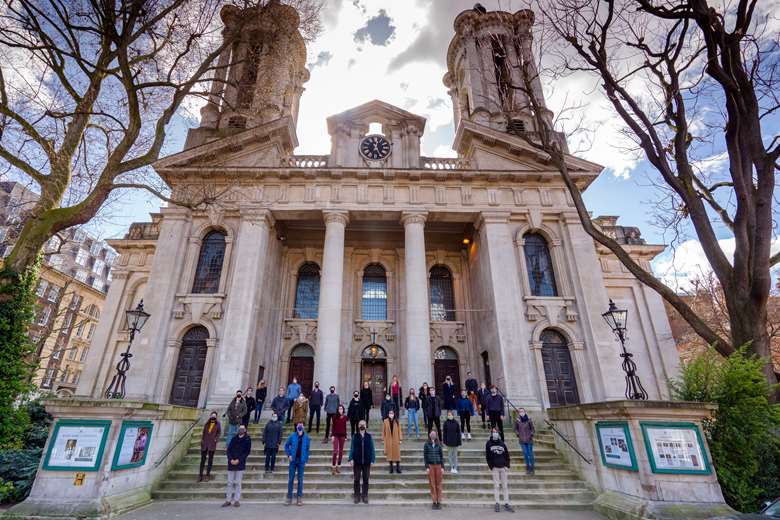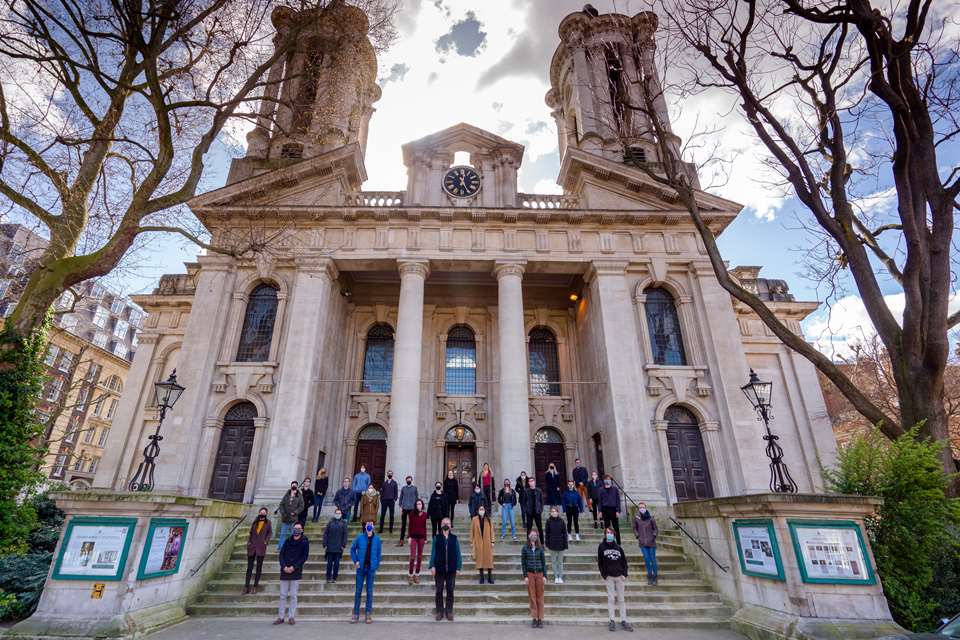Southbank Sinfonia at St John's Smith Square
Toby Deller
Tuesday, April 20, 2021
Toby Deller explores the new partnership, speaking to both organisations to find out what it will mean for them.

Photo: Teralon

Register now to continue reading
Don’t miss out on our dedicated coverage of the classical music world. Register today to enjoy the following benefits:
- Unlimited access to news pages
- Free weekly email newsletter
- Free access to two subscriber-only articles per month
